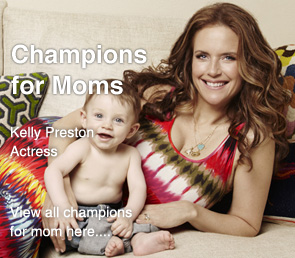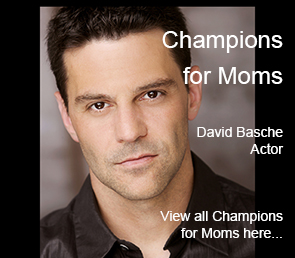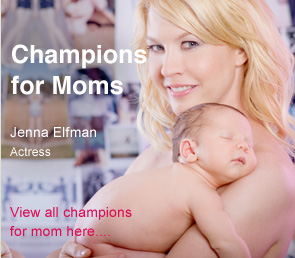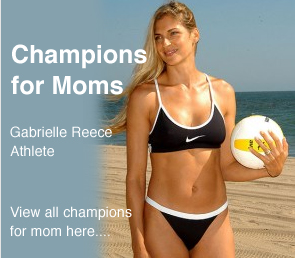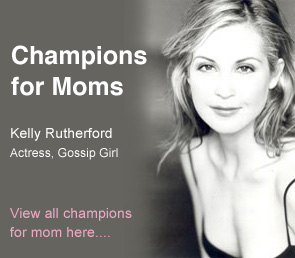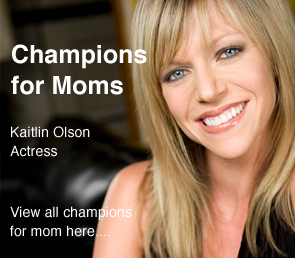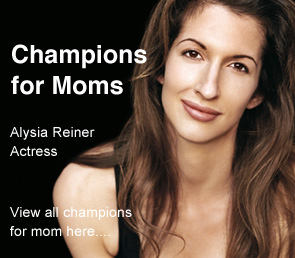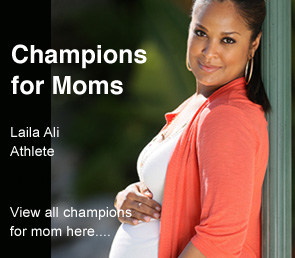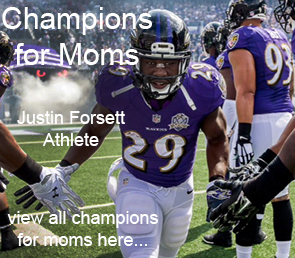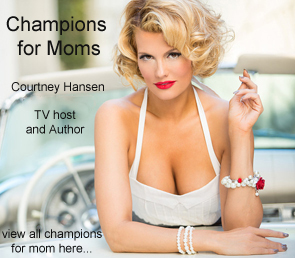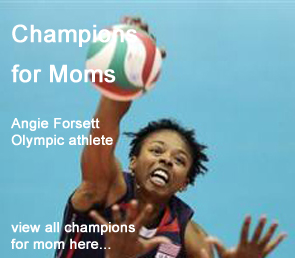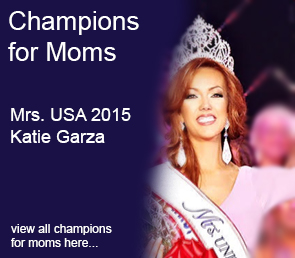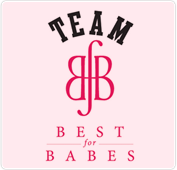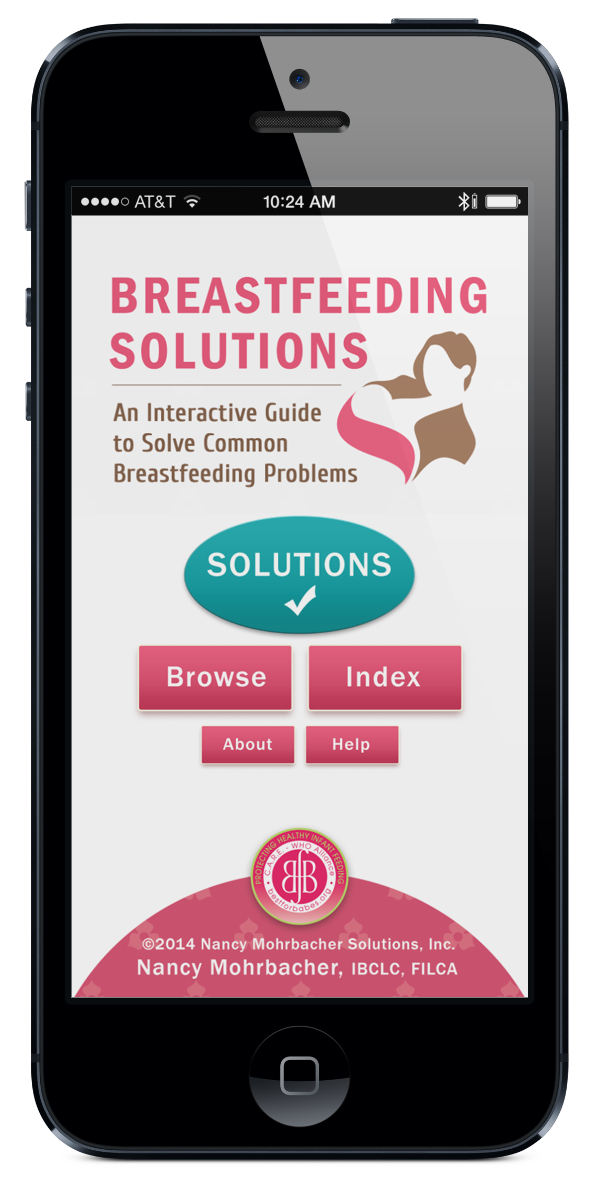This page originally appeared as a post for Mother’s Day 2012.
Best for Babes is dedicated to healthy infant feeding and to moms who don’t or can’t breastfeed as well as those who do; co-founder, Danielle Rigg, is now one of them since breast cancer took both her breasts, at age 37. Whether you are a mom decides not to breastfeed, or are one of the approximately 2 million moms each year who WANT to breastfeed, but end up bottle-feeding because they are undermined by the Booby Traps– the institutional, legal and cultural barriers to breastfeeding- Best for Babes stands for you. It’s time to create an opening for women to begin to heal around this deeply emotional issue. 
We understand that breastfeeding is a really loaded subject. How could it not be when it’s touted as “the best” but moms are routinely given poor breastfeeding care and advice and scant societal support? They wrestle (often alone) with whether to start or stop nursing, and most have bad experiences along the way leading to guilt, blame, anger, regret and unpleasant memories. Some moms absolutely can’t breastfeed due to conditions like Insufficient Glandular Tissue – a disorder that often goes undiagnosed and unabetted by a medical establishment that is not educated about lactation. Or because they have no breasts – like me or Christina Applegate, or unfortunately, thousands of other young women. Others wind up pumping though that was decidedly not their plan. Which is why we have the utmost compassion for moms who don’t breastfeed and we believe it’s time we called a big TIME-OUT to let the healing among women on both sides of this “fence” begin! New mothers should not be at war with each other when it’s the Booby Traps which are to blame for the disproportionate number of nursing failures and for breeding the backlash against breastfeeding itself – especially when breastfeeding involves more than feeding from the breast.
The Dalai Lama once described breastfeeding as the “first act of… affection and compassion” a mother can give to her baby. What he was referring to was that eating to an infant isn’t just about filling a tummy – it’s the primary way an infant connects, bonds, and communicates. To both an infant and a mother, feeding time is actually biologically-patterned to be an intimate exchange, an instinctive orchestrated dance, delivering food but also pleasure, comfort, safety, security, warmth and trust. It’s a whole body and mind ‘experience’, not simply an act that satisfies hunger. It’s why we ALL feel gooey when we get to “feed the baby.” Feeding is an act of LOVE.
This is all really good news for moms who don’t breastfeed, because it leaves a lot more than ‘dining from the breast’ up for grabs around mealtimes. Especially if you aren’t breastfeeding, this information is vital. As mothers we all want what’s best for our babies. We make the best decisions we can based upon our circumstances and the information and influences in our lives. Not breastfeeding can be an opportunity to do more to connect with your baby in ways you might not have noticed or understood. And by experiencing the amazing ways that you and she fit together, you’ll feed her stomach and help her get settled more easily, and you’ll feed the intuitive nurturer in you too.
Seeing the world from your baby’s (and your biology’s) point of view makes all of this clearer. Moms and babies are still very much one unit after birth–they’re interdependent. Human babies are born while still in the process of their development – their brains continue to mature for years, their immune-systems are immature and fragile. They need a lot more nurturing, attention, and care compared to other mammals, i.e., tigers or canines, who are capable of walking for months or of going long stretches without their mothers or without eating. Human babies need lots of touch, close physical contact and frequent small (<1-2 oz) meals to thrive.
So what’s mom got to offer to accommodate that? Plenty besides milk –moms are made with just the hard and soft-wiring babies need: there’s no better heater than mom — your boobs can warm up when they detect even a single degree drop in your baby’s body temperature!; the sound of your heartbeat and your breathing help your baby regulate her own; and that maximum visual field of only 10-12 inches your newborn’s got? That’s the exact span between a mother’s breast and a mother’s face making it possible for babies to make eye contact with you while eating and demonstrating again how feeding- time is loving- time to a baby, and a good reason to not let them dine alone by “propping the bottle” or facing them outward.
Knowing more about how your baby and you are wired, should make you feel like the super-power you are! You are your baby’s “natural habitat” – the physical place where she safely transitions from life within to life without the womb – everything she needs is there even without the food: warmth, security, familiar sounds, comfort, a blueprint for trust and relationships. Think about how delicious it is to hold your naked baby and how much you look forward to touching and smelling her bare skin. That’s not superfluous behavior– science confirms that that’s an instinct of both of yours and one that delivers physiologic and psychological benefits! Intimate contact, touch and swift responsiveness teach a baby trust. And studies show that trust keeps stress levels low and immune and growth systems high.
There are a number of ways you can connect with your baby that are pleasurable for you both and can enhance the feeding experience:
- Enjoying your Magical Hour– the first hour after birth naked belly-to-belly with your baby and experiencing your baby crawl to the breast. Awesome! Moms who ask for and get this uninterrupted time report a not-to-be-missed experience AND say they feel more confident as mothers a year later even if they don’t go on to breastfeed! These babies also score higher at self-regulating (soothing) at one year of age just from that one seminal experience;
- Feeding your baby skin-to-skin “at” the breast/chest. Studies have shown that this can improve digestion and enhance absorption (Uvnas-Moberg et al. 1987; Uvnas-Moberg 2003);
- Consider using safe donor milk — the undisputed next-best substitute to breastfeeding and pumping;
- Not being separated from your baby, especially during the hospital stay, and holding her skin-to-skin as much as possible. Because babies are physiologically not set up for independent life, newborns don’t like to be removed from the warmth, familiar smells, sights and sounds of its mother and will protest with a very distinctive distress cry (Christenssen et al. 1995). This is often the reason a well-fed baby who has been put down after feeding appears unsatisfied — not because they haven’t had enough milk. If separation and cries continue, a newborn will go into a ”protest-despair” mode where their bodies produce stress hormones, their heart and breathing rate decrease, and their body temperature falls (Michelsson et al. 1996);
- Feeding on your baby’s early hunger cues (as opposed to a schedule). Long before your new baby begins to cry for food, she will let you know that she needs to eat, starting with beginning to squirm in her sleep, then lip smacking, then putting her hands to her mouth or rooting (opening her mouth and trying to latch onto whatever she senses near her cheek), then crying. Crying is a late feeding cue and should be avoided according the American Academy of Pediatrics;
- Feeding your baby smaller amounts more frequently. Newborns stomachs are tiny — the size of a “large shooter marble” on day one, are not capable of stretching (Seammon and Doyle 1920) and can hold less than an ounce comfortably. They stretch to the about the size of a large walnut by day 3 (Zangen et al. 2001) but still only accommodate about an ounce at a time. At 2 weeks, their tummies have expanded and they can eat about 2-2.5 ounces per feeding. Overfilling the tank can cause regurgitation and introduce your baby to an unnatural sense of fullness. Eating in smaller increments means newborns eat many times per day — 8-12 –not just every 4 hours;
- Wearing your baby;
- Sleeping close to your baby;
- If you have been diagnosed with IGT or some other cause of low milk supply, consider using donor milk and a lactation aid that makes it possible to feed a baby at the breast without a full milk supply.
Danielle Rigg has often said this about not being able to breastfeed: “If I had gone on to have a third baby, I would still have given us that Magical Hour after birth and let my baby make her way to my barren chest symbolically. I would have used donor milk and I would have fed her skin-to-skin on my bare chest, gazing into her eyes, as much as possible.”
So go ahead Mom, indulge the both of you –cuddle, snuggle, cherish and savor that baby whether you are breastfeeding or not!
Happy Mothering, with love…



